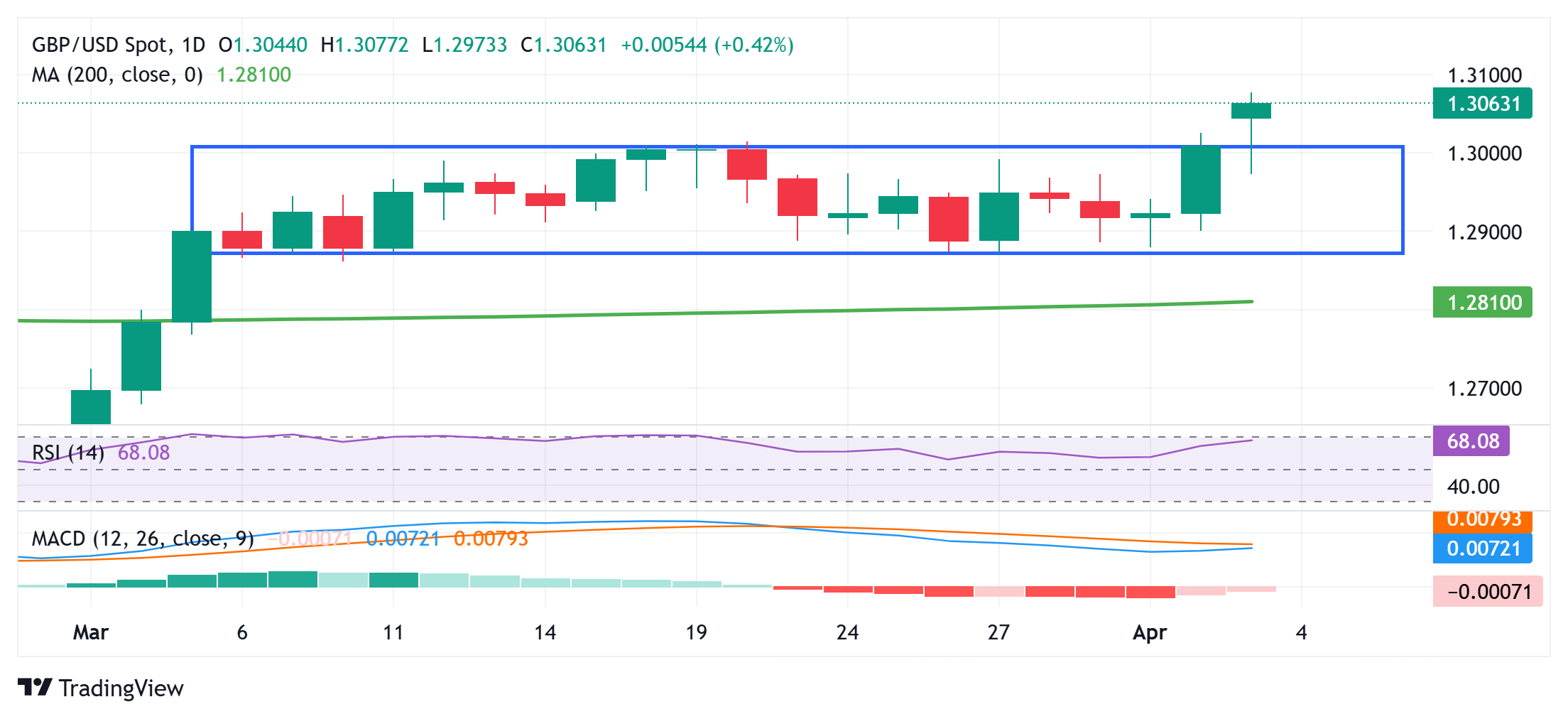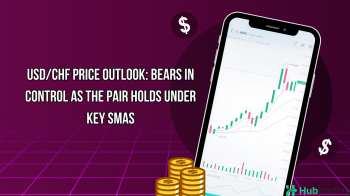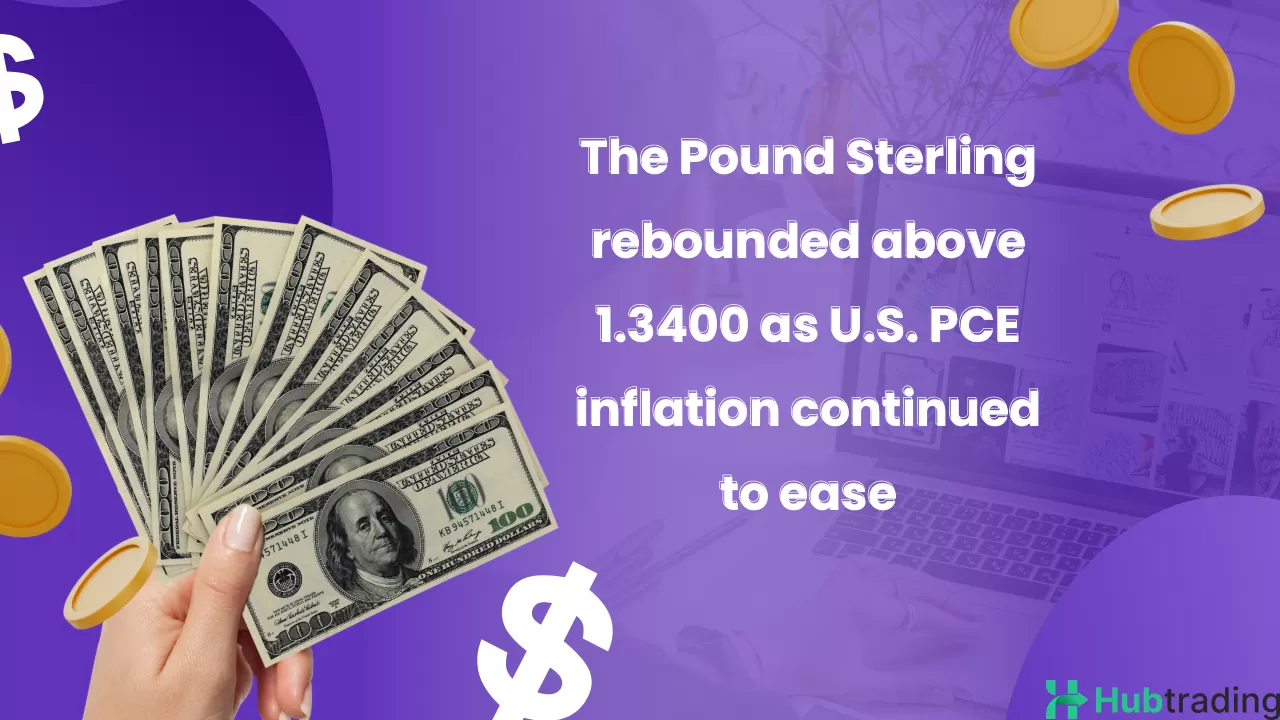-
GBP/USD gains momentum for the second straight day as the USD tumbles to a new YTD low.
-
Concerns over a tariff-induced US economic slowdown boost Fed rate cut expectations, pressuring the dollar.
-
A breakout from a multi-week consolidation range strengthens the outlook for further upside in the pair.
The GBP/USD pair continues its strong upward momentum for the second consecutive day on Thursday, reaching its highest level since October 2024 during the Asian session. Spot prices trade just above the mid-1.3000s, gaining 0.40% on the day, and appear set for further advances amid a weakening US Dollar (USD).
The US Dollar Index (DXY), which measures the Greenback against a basket of currencies, plunges to a fresh year-to-date low following US President Donald Trump's trade tariffs. This development fuels expectations that the Federal Reserve (Fed) will soon resume its rate-cutting cycle. Additionally, risk-off sentiment drives a sharp decline in US Treasury bond yields, further weighing on the dollar.
Meanwhile, the British Pound (GBP) finds support as markets anticipate the Bank of England (BoE) will be more cautious in lowering borrowing costs compared to other central banks, including the Fed. This factor reinforces the bullish outlook for GBP/USD, supporting the pair’s ongoing uptrend from its January swing low.
From a technical standpoint, the pair's strong intraday move beyond the 1.3000 psychological threshold confirms a breakout from a multi-week consolidation range. Furthermore, daily chart oscillators remain firmly in positive territory without reaching overbought conditions, validating the near-term bullish outlook.
As a result, the pair appears poised to test the 1.3100 mark, with the next key resistance near 1.3125. Further momentum could drive GBP/USD beyond the 1.3155 intermediate barrier, targeting the 1.3180 region and potentially the 1.3200 level.
On the downside, the 1.3000 level now serves as immediate support. Any corrective dip may attract buyers around the 1.2955 region, with the next significant support at 1.2900, followed by the 1.2875-1.2870 horizontal zone. A decisive break below this area could shift the near-term bias in favor of bearish traders, exposing the GBP/USD pair to the critical 200-day Simple Moving Average (SMA), currently around the 1.2800 mark.






